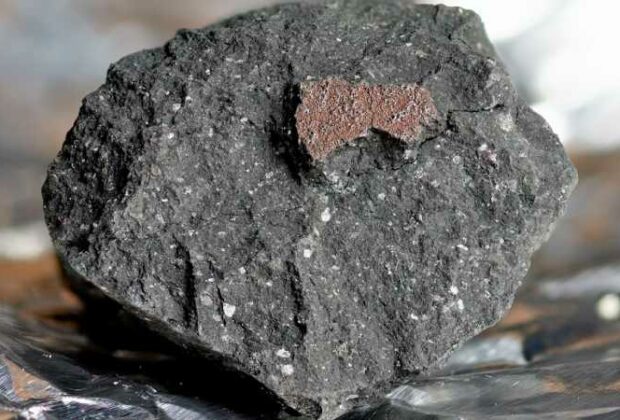A vast number of tiny planetesimals, or exalted pebbles of primordial cosmic dust, assembled themselves into Earth and the other inner, rocky planets of our solar system more than 4 billion years ago. According to a recent research, water may have already been present on such planetesimals.
Scientists examined meteorite samples that they claim to be at least as old as those planetesimals. By doing this, they discovered the telltale signs of chemical reactions that happen when water is present.
Although water is no longer present in these samples, scientists are still able to trace the water that they once contained. The oxygen atoms in water molecules will eventually split off and reunite with the other elements if they are present. For example, iron and water will react to produce iron oxide. That’s what gives Mars’ surface its rust-red hue.
Though even that iron oxide has long since vanished from the meteorites, some of the iron content of the meteorites would have been lost along with it when it faded. Therefore, by comparing the iron content of a meteorite to the other elements present in the space rock, scientists can determine whether ancient water exists.
About the same amount of iron as nickel and cobalt was anticipated by researchers. However, in contrast, they discovered a significant amount of missing iron, suggesting the presence of oxygen and, thus, water. In summary, they came to the conclusion that water was probably present in the primordial material that formed the inner solar system.
The oxygen activity in the meteorites found in the inner solar system appears to be approximately 10,000 times higher than what was previously thought, according to Paul Asimow, a geologist and geochemist at the California Institute of Technology.
The presence of hydrogen and oxygen found in water in these early planetary building blocks suggests that additional elements, such as carbon and nitrogen, which are essential for the emergence of life, might have also been there at the beginning.
A report detailing the researchers’ work was published on January 9 in the journal Nature Astronomy.








